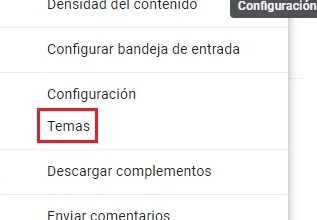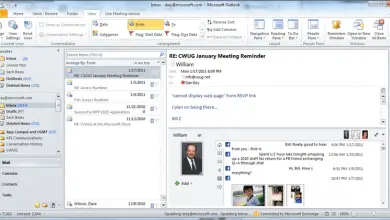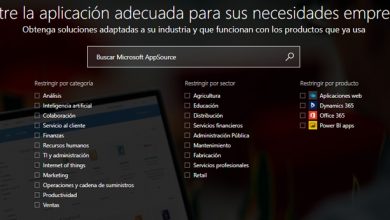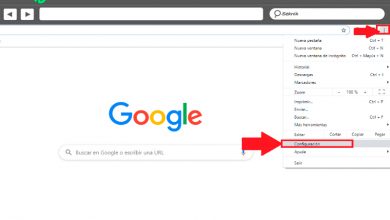Malicious email code What are the most common and how can you protect yourself against them?
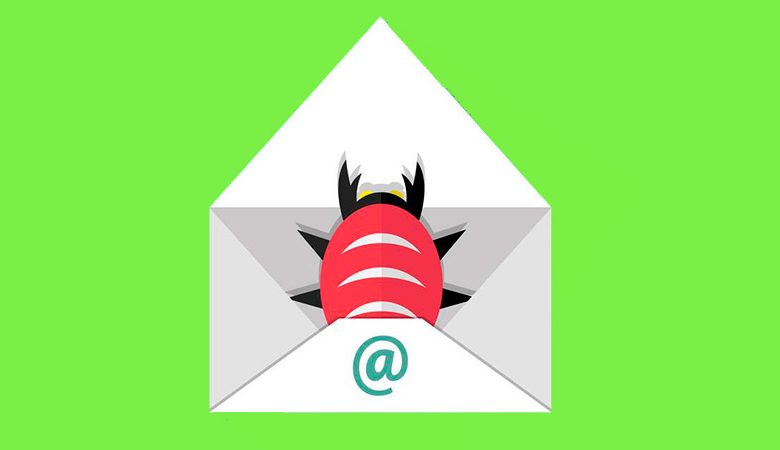
Receive an e - mail is something that happens every day on our computer or our mobile. The problem arises when these emails contain malicious code which can infect a computer very easily and quickly.
To avoid this, it is necessary to know what are the malware the more common and how you should protect yourself from it . In addition, you will need to know how to detect if a message contains this type of program.
You will find this information in the different sections of this article. . We will show you a complete guide to detecting an infected message and what are the best methods to protect yourself from malicious emails.
What are the most common malware and malware in email?
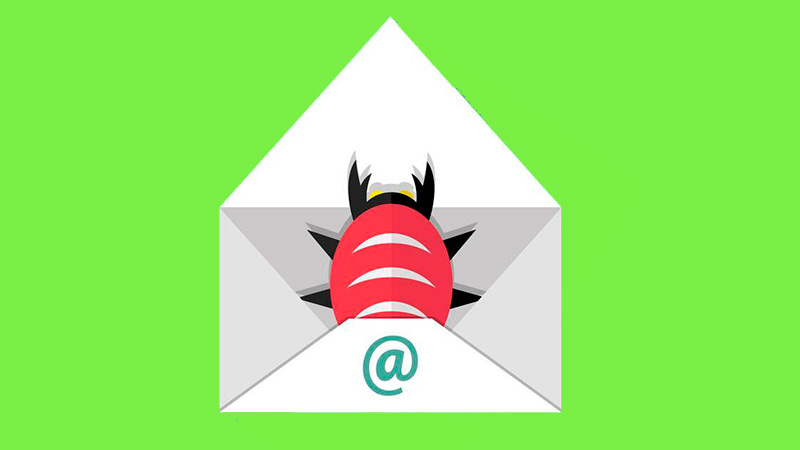
First of all, it is important to define what is a malware , then understand how this malware works. Malware is a collection of programs intentionally created to damage the computers of different users. In this way, they seek to gain an advantage for the designer of the software codes.
The functioning of these programs varies according to their development, but in general they have need the user's help to be installed on a computer to fulfill their primary purpose. There are many methods that the same can be propagated, the most common of which is emailing.
This process (some choose the user at random and others specifically choose their victims) is to send an email to anyone with an attractive message containing a link that should open it. This will install, without the person's knowledge, a file to host the malware. After that, once installed, the malware begins to do its job, being able to steal information, spy on all keyboard movements, and crack operating system codes, among other things.
For this reason, we will show you below what are the most common malware and malware that you can find in emails:
- Virus : this type of file is one of the most dangerous. They are characterized by entering the device without the user's consent and making their detection very difficult. Its activity varies according to the objective set by the hacker in its development. It can take full control of the device, some programs, damage data files, and remove previously installed apps.
- Trojans : named after the Trojan horse from Greek mythology. Its function is to open a backdoor that allows the connection of the computer with that of the hacker, in this way the code is hidden inside a file, which seems harmless, so that it is downloaded and at the same time cannot be detected by antivirus programs.
- Spyware : this are spyware and are responsible for collecting any type of user activity performed on the device. Thanks to these codes, you can know the tastes of the person, the behavior on the network and also the most frequent contacts.
- adwares : these software are also responsible for monitoring user activities, but are more related to commercial advertising activities. They are used to collect information on the infected computer, or mobile, and send it to third parties so that they can then advertise according to the likes found on the infected computer.
- Keylogger : like the last two, these programs are also dedicated to spying on user movements. But they differ because they detect information related to keystrokes. In this way, it is possible to obtain access codes to different platforms, thanks to the keys on which the person has pressed to enter the different portals.
- Worms : Computer worms are one of the most difficult programs to eliminate and detect because they reproduce automatically and spread very quickly through emails. Therefore, their infection level is very high and their goal is to get information about infected computers and be a door for other malware.
- Malvertising: this is one of the least ethical cases that exist in computer science. This is because they get information from the user by entering through a vulnerability in the operating system of the person. To carry out this task, they take advantage of their quality of advertisers that appear in the cookies and that are accepted by the same person.
- Ransomware : you can find this type of program in your email which is dedicated to hacking information from your computer and releasing it through payment of a reward set by the software developer.
- Stealer: this is the one of the most common malicious programs because it is responsible for stealing information and passwords saved on the computer. This data is then sent to the people who benefit from this situation.
- Decoy: for this program, you need to be very careful to prevent it from getting installed on your computer. The function of this malware is to look like the GUI of a program you have installed and then ask you for your password and username to enter. This data is stolen to be used by you.
- Rogueware: this is malicious software that can enter your computer through e-mail disguised as programs that are beneficial to your computer. The most common is to find bogus firewalls and antiviruses.
Find out how to detect if an email contains malware
Below we will show you the step by step you need to do to detect if a message you have received by email contains malware:
Install an effective antivirus
The first thing to do is to download antivirus Capable of automatically detecting the presence of threats in any program or action you perform on your device. In this way, whenever you try to open a strange document in an email, this program will observe a potential risk .
There are a large number of antiviruses that you can choose from on the internet. , you will find free licenses and others paid. In addition, you will have various additional tools that will allow you to clean your computer in the best way. You have to keep in mind that when choosing one, it is convenient that it offers you an extension for your browser , so that every time you open the email, the antivirus works faster.
Open the email
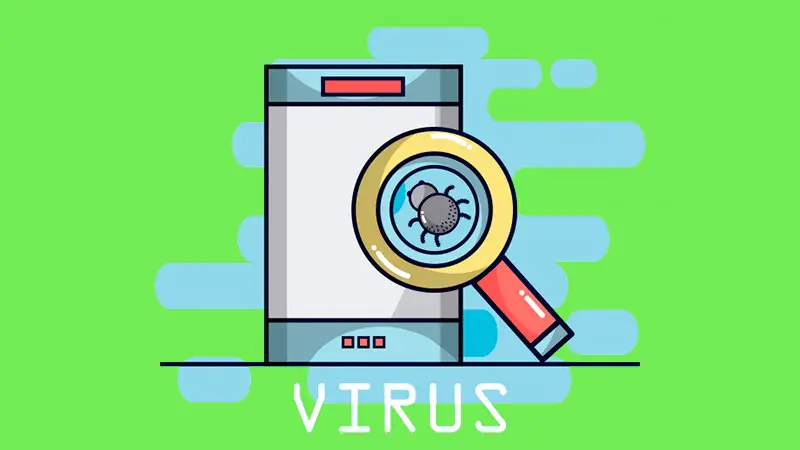
When you have installed the antivirus on your computer, you will be sure that any wrongdoing you take will be notified by this program. It means that when you receive an email you will need to open and read it in detail. Next, you will need to analyze every item you see to identify possible scams or counterfeits that may contain and affect your privacy. The most common is to find links or links that redirect you to a site or download an unknown program.
One of the most important characteristics of emails that attempt to infect a device is the subject and the writing style they contain. As a result, you should be wary if you receive an email from a known contact or not and it is not related to the filename or subject link . The formality of the writing will be another aspect that will reveal the falsity of an infected email.
Use your email provider's internal tools
The most trusted and well-known email providers have built-in functions that allow you to scan files or links before opening them. This will work with your antivirus that you just downloaded, so this is another security measure that you should use.
"UPDATE ✅ Do you want to learn more about malicious emails and how to deal with them? ⭐ ENTER HERE ⭐ and learn all about SCRATCH! ”
This means that once you receive an email with a file or link in play attached, you must open the email and, without selecting the file or link sent to you, you will have to place the pointer on this document . After a few seconds you will see a message from the email program saying Virus scan . In the event that it does not contain any malicious information or code, the software will allow you to open and download the document. If this does not happen, it will alert you to a potential threat.
Analyze the attached document
Remember that most malicious code are hidden behind an executable file , i.e. with an extension .exe . For this reason, if Google Gmail or your email provider did not detect the presence of a threat and has an executable format, you can will be convenient to scan it via the antivirus.
Check that you are not facing a phishing case
Le Phishing is identity theft in which a GUI is created to believe the victim that the content of the email belongs to a reputable company. If for some reason you have performed the previous steps and the antivirus did not detect any threats, it does not mean that you are exempt from receiving malicious code .
You need to take into account the possibility of a business contacting you and why they would. . If you consider this unlikely, it is very possible that you will encounter a phishing case in which you will be the victim of an attack by a hacker who could include information in a future email with malware that you receive.
The best ways to protect yourself from malicious emails
The steps we show you in the previous paragraphs will help you detect if a message contains some type of malware . But for this, it is necessary to accompany it with methods that help you protect your private information which can be attacked by emails.
For this reason, we are going to kill you, below we will show you the best methods to use to protect yourself from emails containing malicious code:
Do not open executable files
As we told you, executable files have an .exe extension , which means if you click on it, a program will install on your device. This makes it very easy for an intruder to enter malicious code on your computer.
Suspicion of unusual emails
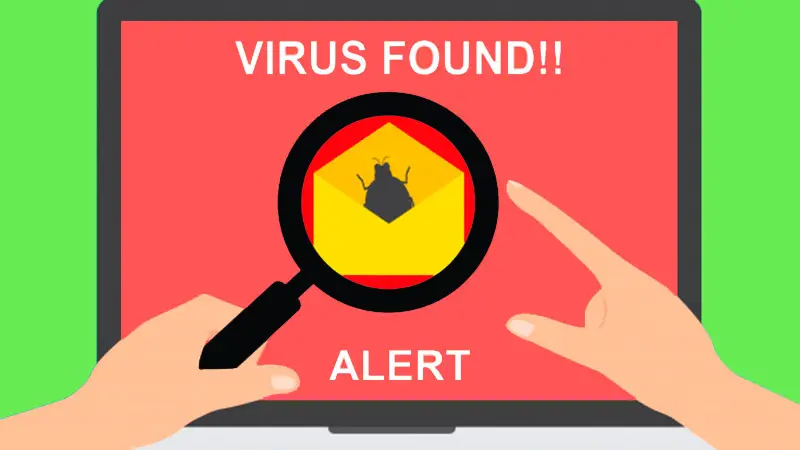
Si you receive an email from someone you don't know or a friend who do not usually communicate with you by this means , you need to be careful and pay special attention as it may contain links or malware that manages to get installed on your computer.
Systematically classify messages
When you receive suspicious or unusual emails, you should classify as spam . This will help you prevent them from appearing in your mailbox and to be regularly deleted from the mail undesirable .
Don't use your email address for untrusted subscriptions
It is common that when you browse sites that are not trustworthy, they will ask for your identification or creation of a user through the email address. It will not require you to install a virus, but you will give information to a hacker's database and you will then send emails.
Install an antivirus
Even though email providers have tools to detect the presence of threats, it It is recommended to install a powerful antivirus which signals in real time the presence de dangers of viral infection. In addition, you need to regularly update the antivirus for it to work effectively.
If you have any questions, please leave them in the comments, we will get back to you as soon as possible, and it will be a great help for more community members as well. Thank you!

